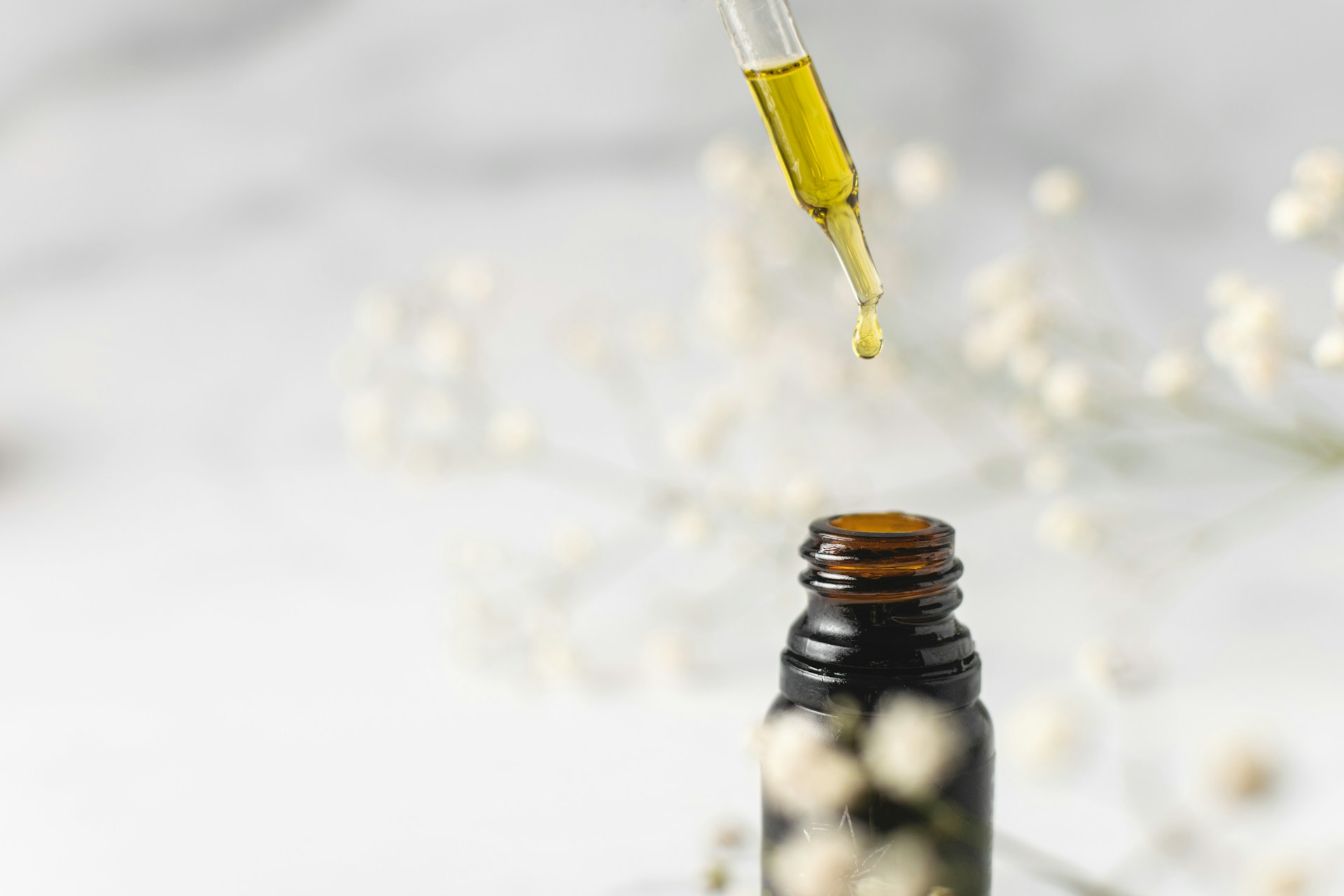Scientists at the University of Mississippi conducted research to show how cannabidiol (CBD) can reduce tetrahydrocannabinol (THC) negative effects on the body without diminishing pain treatment benefits. Studies have discovered particular receptor sites on cannabinoid receptor type 1 (CB1R) which enables the adjustment of THC effects to develop precise therapeutic options.
CB1R is a protein found in the nervous system and various organs, regulating pain, mood, metabolism, and memory. When THC binds to this receptor, it triggers strong pain relief but can also lead to side effects such as memory loss and nausea. CBD, on the other hand, does not activate CB1R in the same way; instead, it acts as a modulator, adjusting receptor activity rather than switching it on or off. Read more here:
Pandey, P., Zagzoog, A., Laprairie, R. B., Neal, W. M., Doerksen, R. J., & Chittiboyina, A. G. (2025). Determination of the Negative Allosteric Binding Site of Cannabidiol at the CB1 Receptor: A Combined Computational and Site-Directed Mutagenesis Study. ACS Chemical Neuroscience, 16(3), 311–328. https://doi.org/10.1021/acschemneuro.4c00343
The research team, led by Amar Chittiboyina at the National Center for Natural Products Research, focused on determining how CBD interacts with CB1R. Using computational modeling and site-directed mutagenesis, they identified key binding locations where CBD could alter THC’s effects. This insight provides a potential route for developing treatments that maximise THC’s benefits while minimising unwanted reactions.
“This research will open a new avenue for anyone in the field of cannabis research,”
Chittiboyina said, he went onto say:
“It actually opens up new prospects or a new horizon in modulating cannabinoid receptors and harnessing THC’s beneficial effects for pain management.”
By refining how THC and CBD interact with CB1R, researchers hope to design cannabinoid-based therapies that are both effective and safe. Pankaj Pandey, a co-author of the study, highlights the importance of this work in developing synthetic CBD variants that could further enhance pain management strategies.
“Our primary objective is to harness the beneficial effects of THC while mitigating its undesirable side effects,”
said Pankaj Pandey.
William Neal, a co-author and a postdoctoral researcher, is investigating whether CBD affects the efficacy of opioids such as morphine, another area of research that is developing as a result of CBD interactions with opiode receptors.
“In the event that CBD binds to an opioid receptor, you could have negative interplay with opiate drugs like morphine,” “If you’re getting pain relief from opiates, and if CBD negatively interferes with the opioid receptor, it’s going to frustrate people who are prescribed opiates.
Neal said. He went onto say:
“As a result, CBD will reduce efficacy of opiates and could enhance the drug abuse liabilities.”
The Cannabis plant contains more than 200 natural cannabinoids, CBD is only one of them, but unlike some of its counterparts, CBD is not psychoactive. Its popularity in the United States has grown since 2018, when the Agricultural Improvement Act decriminalised hemp.
The experimental analysis may enable scientists to create a synthetic CBD derivative that provides stronger receptor alteration compared to CBD according to Robert Laprairie who serves as associate professor at the University of Saskatchewan and co-author of the study.

Hassan graduated with a Master’s degree in Chemical Engineering from the University of Chester (UK). He currently works as a design engineering consultant for one of the largest engineering firms in the world along with being an associate member of the Institute of Chemical Engineers (IChemE).



